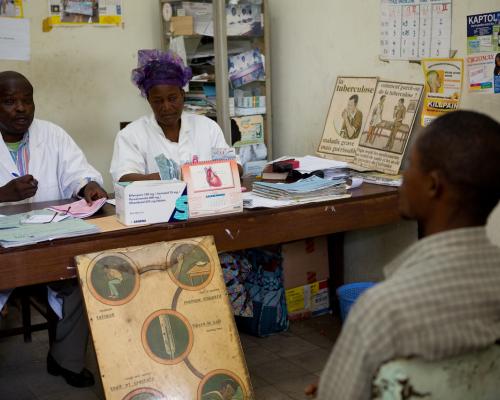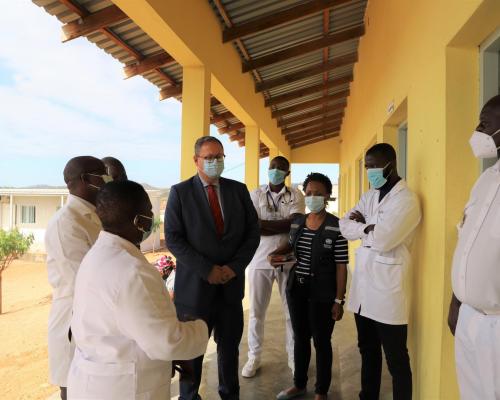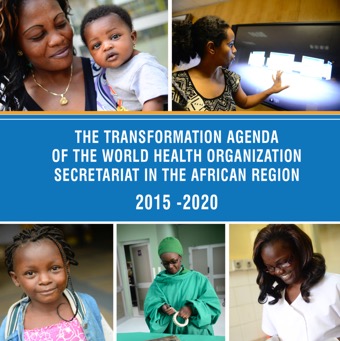Buruli ulcer is caused by a bacterium called Mycobacterium ulcerans. It often affects the skin and sometimes bone and can lead to permanent disfigurement. The bacterium produces a toxin that causes skin damage. Without early treatment, Buruli ulcer (BU) can lead to long-term disability, stigma associated with socioeconomic burden. The exact mode of transmission remains unknown. Buruli ulcer has been reported in 33 countries in Africa, the Americas, Asia and the Western Pacific. Most cases occur in tropical and subtropical regions except in Australia and Japan. Out of the 33 countries, 14 regularly report data to WHO. More than 90% of global cases are reported in Africa where nearly 50% of the people affected are children under the age of 15 years.
The annual number of suspected Buruli ulcer (BU) cases reported globally was around 5,000 until 2010, after which a noticeable decline began. In the WHO African Region, the trend mirrors the global decline, as more than 90% of BU cases are reported in Africa.
In 2023, the region reported 1,573 cases, a significant reduction from 5,871 cases in 2004, marking a decrease of over 70% in reported cases over the past two decades.


